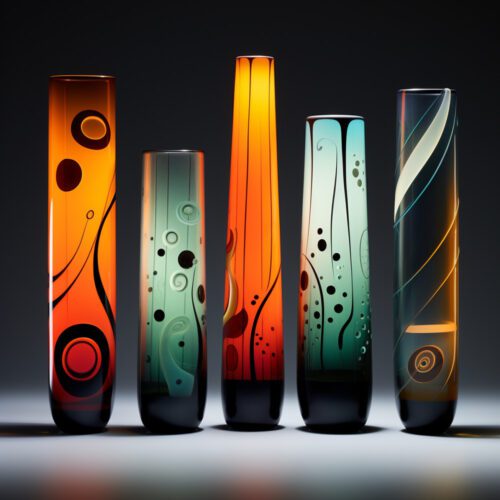
With its blend of imagination, skill, and originality, studio glass has captured the attention of people all over the world.
It is truly a distinctive and alluring art form that has catapulted glass to the forefront of contemporary art.
Studio art glass, which first appeared in the middle of the 20th century as a combination of art and craft, has since developed into a rich and varied area of artistic expression.
Let’s now explore the background, methods, and current significance of studio artist glass, tracing its development from a specialised craft to a revered contemporary art form.
The Development of Studio Glass
Harvey Littleton and Dominick Labino, two avant-garde artists who worked together in the early 1960s, are credited with starting the studio art glass movement.
Professor of ceramics Littleton was motivated to try glassblowing after visiting the Toledo Museum of Art in Ohio. Studio glass, a movement that freed glassblowing from its industrial restrictions and placed it in the hands of individual artists, in their own buildings or studios.
Before this, mass-producing utilitarian objects like bottles, jars, and windows was the main purpose of glassblowing as an industrial technique. However, glass artists strove to rethink the medium’s use by reorienting it towards creative expression.
A revolution was triggered by Littleton and Labino’s revolutionary work at the Toledo Workshop. It drove countless artists to open their own glass studios and investigate the endless potential of molten glass.
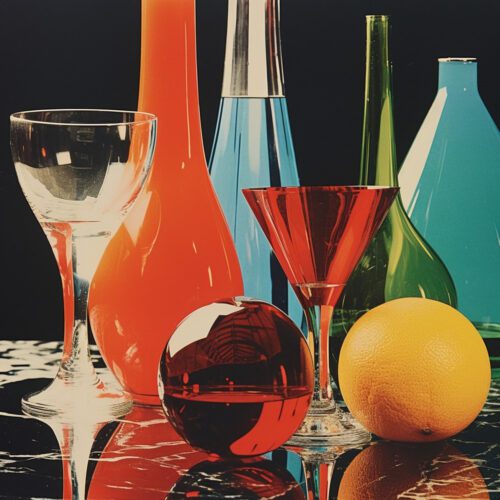
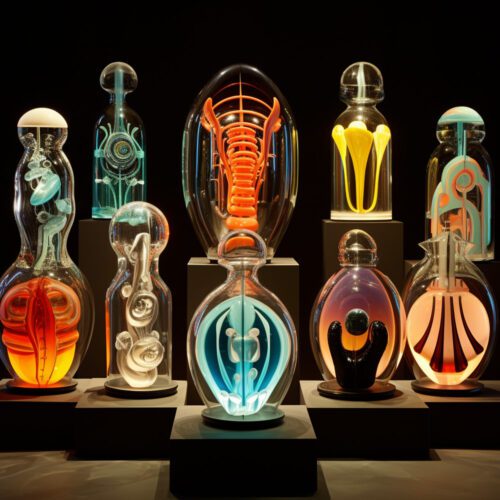
Strategies and Obstacles
The complex and time-consuming procedure that goes into creating each piece of studio glass is among its most amazing features.
Studio artists use a variety of complex methods, including glassblowing, kiln casting, fusing, and slumping, to produce their masterpieces.
These techniques require rigorous attention to detail and a thorough grasp of the behaviour of the material at various temperatures.
For instance, in glassblowing, molten glass is gathered on a blowpipe and formed into a variety of shapes by manipulating and blowing air into the glass.
Artists must work fast before the glass cools and solidifies, requiring both talent and precision.
On the other hand, kiln casting entails making moulds and melting glass inside of them to obtain particular forms and textures. Using this method, glass artists can produce elaborate sculptures and patterns in their work.
Studio art glass gives a lot of creative freedom and invention, but it also has its own set of difficulties.
Due to the sensitive nature of glass, even the most seasoned artists occasionally encounter unforeseen difficulties.
Hours of work can be halted by things like temperature changes, contaminants in the glass, and inadvertent breaks.
It can be a laborious job, highlighting the necessity for perseverance and patience.
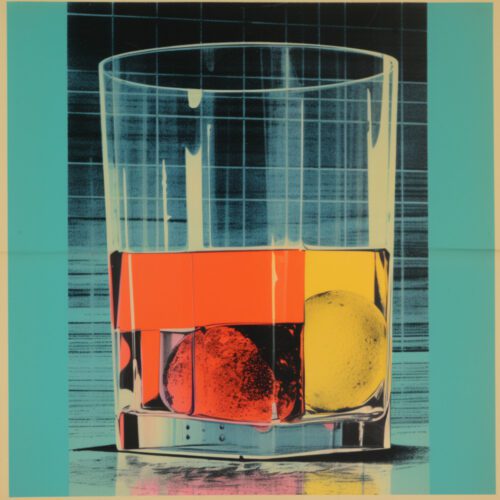

Diversity and Evolution
Studio glass has developed in innumerable ways since it first appeared, reflecting the various artistic visions of its practitioners.
Other artists push the limits of the medium by experimenting with shape, texture, and colour to produce avant-garde works of art.
While some artists stick to the traditional method, creating gorgeous glass containers and detailed sculptures, others maintain a more experimental style.
By combining other elements like metal, wood, and ceramics into their pieces, contemporary studio art glass artists continue to explore new possibilities.
These hybrid works blur the distinction between traditional craft and modern art, broadening the field’s possibilities.
Public art has seen the impact of studio art glass as well.
Large-scale glass installations can be found in public areas of many cities, demonstrating the versatility and ongoing attraction of this art form.
These installations demonstrate the creative potential of studio glass and open it up to a larger audience.
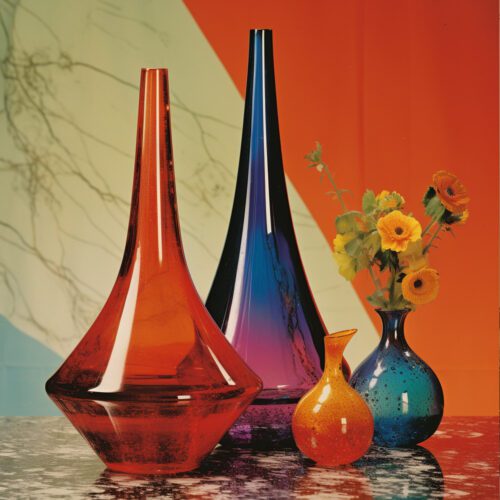
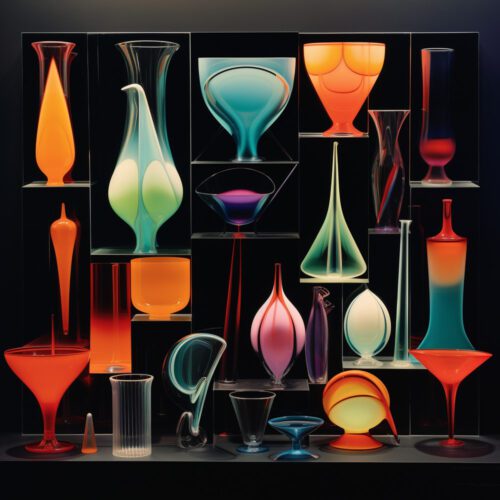
International Reach
Beyond its American origins, studio style glass art has a significant global impact.
Artists from all over the world have embraced this medium over the years, bringing their distinctive cultural viewpoints and methods to the table.
International partnerships and the creation of well-known glass artists have flourished in nations like Italy, Sweden, and the Czech Republic.
Influence of the Movement
In addition to redefining the distinction between art and craft, the studio movement has had an impact on contemporary art as a whole.
Studio glass’ dynamic synthesis of history and innovation has motivated artists working in a variety of mediums to reject limitations and embrace new opportunities.
Studio glass is a vivid and significant art form that was developed from an experimental and artistically exploratory mindset.
Creativity, inventiveness, and commitment have characterised its progression from a tiny workshop in Toledo to a worldwide movement.
Today, studio style art glass still captivates audiences throughout the world, demonstrating that the blending of art and craft can produce absolutely amazing results.
We can only anticipate even more interesting discoveries and ground-breaking works in the field of studio glass as artists continue to push the limits of the material.
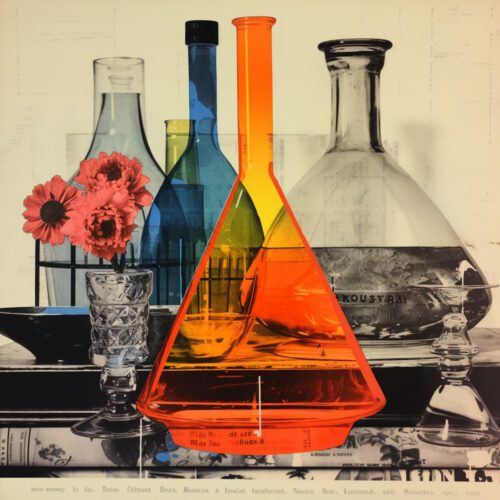
Further Reading:
Harvey K. Littleton: Reflections 1946-1994 – by Harvey K Littleton Buy it Here
Harvey K. Littleton: A Retrospective Exhibition – by Joan Falconer Byrd Buy it Here
Harvey K. Littleton: A Life in Glass: Founder of America’s Studio Glass Movement – by Joan Falconer Byrd Buy it Here
